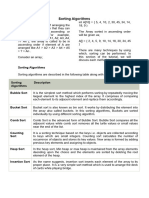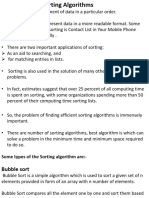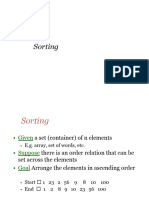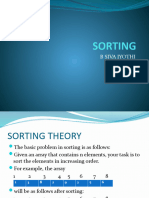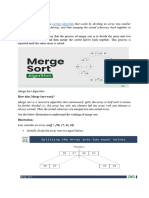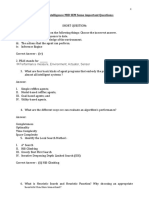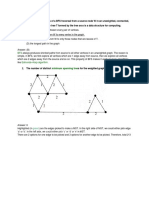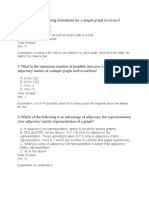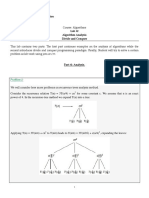0% found this document useful (0 votes)
294 views3 pages5-5-Array Sorting - Practice Problems - GeeksforGeeks
The document discusses array sorting, explaining various algorithms such as Bubble Sort, Selection Sort, Insertion Sort, Merge Sort, Quick Sort, Heap Sort, and Counting Sort. It provides problem statements for sorting arrays in ascending order without built-in functions, along with example inputs and outputs. Additionally, it includes a comparison of sorting algorithms based on their time complexity and memory usage, along with a simple implementation of Bubble Sort in multiple programming languages.
Uploaded by
shubhrajkumar707Copyright
© © All Rights Reserved
We take content rights seriously. If you suspect this is your content, claim it here.
Available Formats
Download as PDF, TXT or read online on Scribd
0% found this document useful (0 votes)
294 views3 pages5-5-Array Sorting - Practice Problems - GeeksforGeeks
The document discusses array sorting, explaining various algorithms such as Bubble Sort, Selection Sort, Insertion Sort, Merge Sort, Quick Sort, Heap Sort, and Counting Sort. It provides problem statements for sorting arrays in ascending order without built-in functions, along with example inputs and outputs. Additionally, it includes a comparison of sorting algorithms based on their time complexity and memory usage, along with a simple implementation of Bubble Sort in multiple programming languages.
Uploaded by
shubhrajkumar707Copyright
© © All Rights Reserved
We take content rights seriously. If you suspect this is your content, claim it here.
Available Formats
Download as PDF, TXT or read online on Scribd
/ 3



